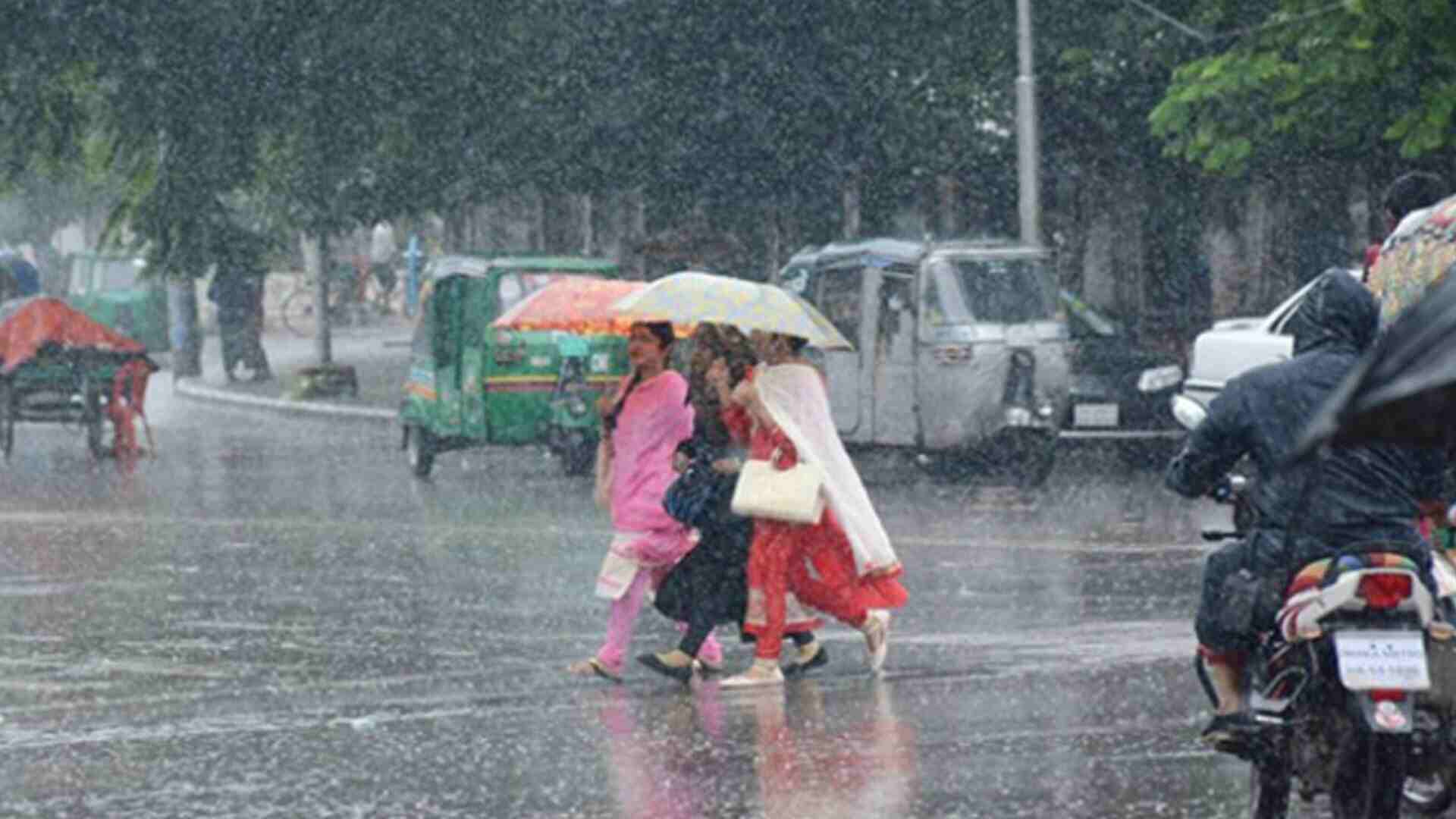In the last five years of India’s economic development and nation building, the “Smart City” tag has created the maximum buzz. It was supposed to be home to jobs, assured income and basic to high quality living. The “smart cities” today are helpless, jobless and most of them, penniless. The coronavirus pandemic and the unending “infectious” wrath have compelled us to do some reverse thinking. Prime Minister Narendra Modi’s “Make India Aatmanirbhar (selfreliant)” dream has already shown the window to where the future is.
As famous agricultural economist Ashok Gulati puts it, “The package is surely a 1991 moment of economic reforms in agriculture…it should have come many years ago.” With nearly 60% of the Rs 20 lakh crore stimulus package directed to the villages, primarily the agriculture sector, it’s time to think smart and turn farmers into agri-entrepreneurs to make the sector the core pillar of New India feeding the world. How much is India agrisavvy vis-à-vis employment?
You go to a village and the most common request to you will be for a job. Unfortunately, agriculture today is a legacy bypassed by the lineage, and to many is a liability in the villages. It has never been seen as a profession and the “only” option for income. Most of us till our lands only to make ends meet and have forgotten the old hit track of the late 1960s, Mere desh ki dharti sona ugle, ugle hire moti, in the Manoj Kumar-starrer Upkar.
At times, we have solutions close by but we ignore it for a mirage. It’s time to make agriculture smart and techenabled and villages smarter. By agriculture, I don’t merely mean farming, but the entire gamut of activities — from normal crop production to animal husbandry to dairy to fisheries to innovative agricultural land policies, increased production techniques, to maximising food processing sector to meet modern day consumers’ demand and global supplies.
Be it rice, dairy, fisheries and a lot of processed food, including fruits and vegetables, India’s real “food bowl” potential is yet to ring bells in global markets. Or for that matter, even in our apartment living, high-middle class grocery shopping list. We prefer multi-national brands as we go shopping. Little do we know about India’s strength in honey production, organic spices and products, processed meat and poultry, exotic fruits from the Northeast and its fast-growing production of beverages. The “aatmanirbhar” package is in sync with Niti Aayog’s modern thinking and policies suiting the demand of farmers and village industries engaged in agriculture. It has everything on paper.
However, to be honest, the chain gets lost as farmers lose the battle to middlemen, arbitrary crop pricing, high lending interest rates, inadequate safeguards against crop damages and access to right information and dependable market networks. I doubt if many district collectors hold even weekly or fortnightly farmers’ chaupals to address the policies and issues dedicated to agriculture and farmers’ welfare.
Some states with a responsive bureaucracy and tech-enabled governance may be exceptions, but the majority lags and have left farmers to fend for themselves. The package, as Gulati puts it, is a “breather and the government has surely shown a willingness to walk the right path and deserves compliments”. The agri-economist added, “The reforms announced last week could be a harbinger of major change in agri-marketing, a 1991 moment of economic reforms for agriculture.”
The execution of this package for farmers will be key and their interests need to be safeguarded with an effective regulation by the district and local level administration, including village panchayats having a say in the local mandis. This a deciding moment and the country needs to blend enterprise with some innovative farm techniques on the ground.
A lot of nations are doing this to encourage farmers to make agriculture the backbone of the economy. The United States, for example, uses a lot of entrepreneurs and has agriculture in college curriculum aligned with business and science courses. The colleges have access to farmer bodies for regular interaction with the students and experts, eventually having a healthy exchange of research ideas, new breakthroughs and also giving them access to private players for funds and grants to produce more and new varieties.
Shefali Mehta, a top agriculture expert in the Indian diaspora, feels that “India can learn a lot from the US experience with agri-entrepreneurs, but there is a catch.” The funding and investments must be directed to farmers’ needs and not to private players imposing their demands of products suiting their markets and profits. Mehta cites the US case by saying, “To truly leverage the value of agri-tech and entrepreneurs, partnering with farmers is critical.
This ensures we solve the major problems farmers face while ensuring the technology is operationally feasible, which leads to faster adoption and use. What we learn from the US agri-tech experience is that despite tremendous money invested at unprecedented levels in the past years, the tech solutions are still falling short because some companies are ‘pushing’ their products rather than necessarily solving high priority problems for farmers.” This is always a fine balance to remember while re-hauling our agriculture sector.
India can learn from this by ensuring partnerships upfront and throughout to get more bang for their buck on investments. Mehta was in India in 2018 and again in February 2020 and witnessed the continued shift of entrepreneurs looking to leverage their technology for agriculture. “The challenge, similar to what has hampered US agri-technology, is that there is a sense of ‘we have a hammer, how do we use this in agriculture’, while many challenges facing farmers are still being overlooked. The ideal balance is by both bringing new tech to agriculture, while identifying the challenges faced by farmers and solving those.
India is in a great position to strengthen their food supply chain and environment issues by thoughtfully bringing these parties together from the beginning of ideation and development, rather than later in the game.” Let’s be honest, we need to make farmers the core and lead actors of this new economic battle in fields, which we have seldom done as credit in India’s farming sector, including in food processing, has mostly gone to food processors, investors, retailers, e-tailers and entrepreneurs. How many times the farmers are told about new taste buds developing and what the chefs are looking for in the farms to make their new plates? Seldom.
From her experience in India, Mehta feels that India’s additional challenge is the broad range of farmers, including many smallholders, thus the immediate revenue back to tech companies may be relatively small for the investment to develop and commercialise products. Creating more ways for companies to partner with those who can assist like researchers, farmer cooperatives and provide some protection and targeted support so that the investments have a stronger benefit would also help. Finally, as people “rediscover” food and get closer to the food supply chain, there’s also a broader desire to be connected which can be leveraged. Ultimately, for the technology to reap benefits, farmers need to use it.
For agri-tech entrepreneurs, they need to be able to access many farmers quickly and effectively. Thus, working with other sectors means they can test and showcase their products through field trials, etc (that US universities often do) and access large farmer networks with those who already know how to work with farmers. But most important is that farmers need to learn technology too and must have access to information linked to micro-farming techniques to easy finance options and also a complete decoded version of PM Modi’s current package at the panchayat level so that it is best used by those for whom it is meant. The resilience of our farmers coupled with out-of-box ideas by entrepreneurs in our fields will produce a cocktail of a bumper yield set to realise India’s dream of being “aatmanirbhar”, for sure!







